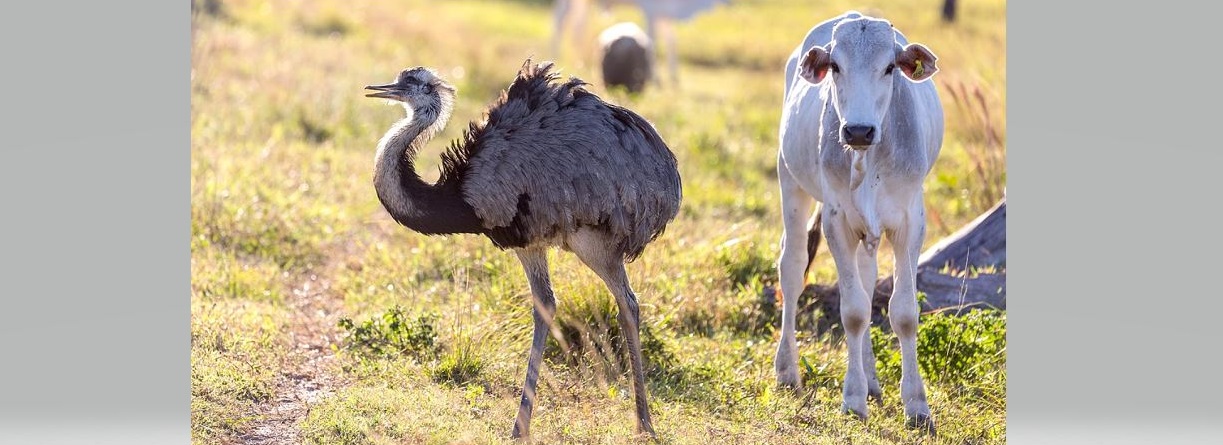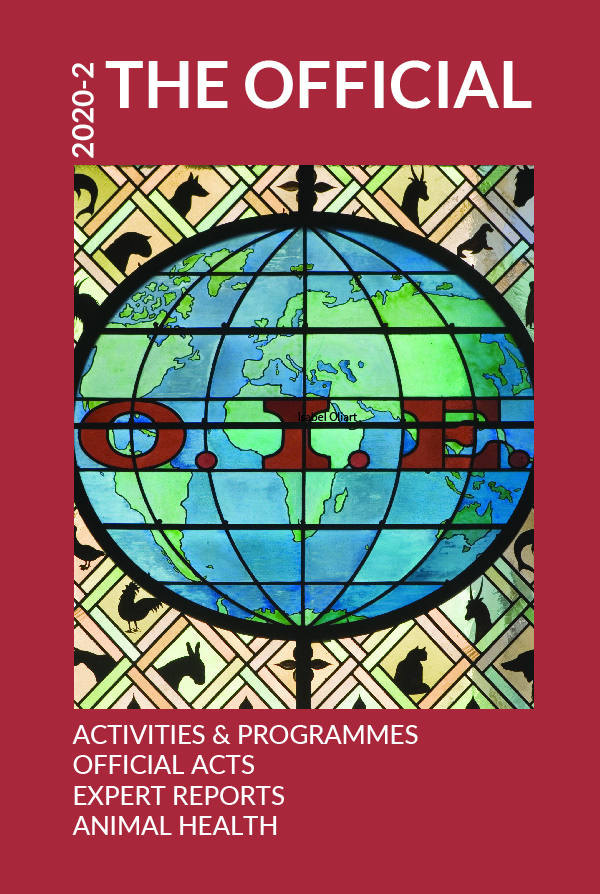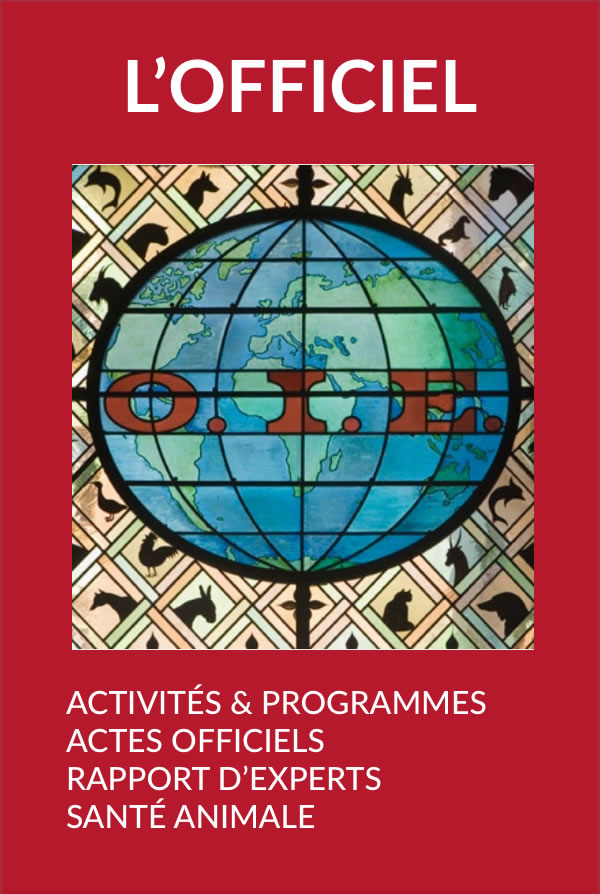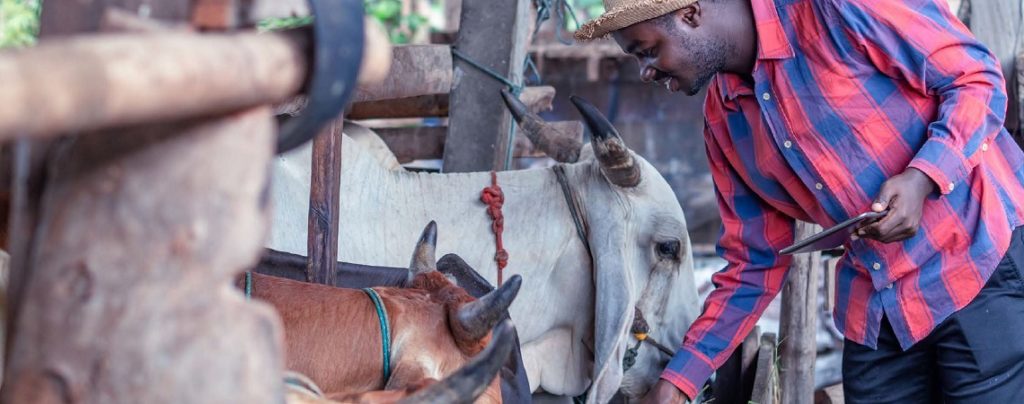Activities & Programmes Posted on 2022-01-05 11:50:22
OIE
The OIE Wildlife Health Framework
Protecting wildlife health to achieve One Health
Keywords
The COVID-19 pandemic highlights the importance of better understanding the roots of emerging infectious diseases and their complex transmission pathways among wildlife, domestic animals, and humans. It also sheds light on the need to improve global multisectoral efforts to better address wildlife health monitoring at the human–animal–ecosystem interface. In our interconnected and mobile societies, where interactions among humans, wildlife and domestic animals are on the rise, zoonotic diseases have serious consequences for human and animal health and can have significant economic and societal impacts. In addition, they can disturb whole ecosystems and lead to the loss of environmental integrity and biodiversity.

Veterinary Services are responsible for ensuring animal health and welfare and are often at the forefront of zoonotic disease management. They play a central role in reducing the risk of disease emergence and spread at the human–animal–ecosystem interface, yet many lack the capacity and resources, and the appropriate regulatory and multisectoral collaboration frameworks, to support efforts to prevent spillover events involving wildlife. A recent survey of OIE Members shows that 143 (150 respondents) Members think that Veterinary Services should be involved in wildlife health surveillance and 149 Members think that they should be involved in monitoring wildlife health along the wildlife trade supply/value chain. These results indicate that Veterinary Services are interested in playing an active role in wildlife health management and that they are in favour of the OIE initiative to promote wildlife health worldwide.
- their ability to reduce, anticipate and manage the risk of pathogen emergence and transmission at the human–animal–ecosystem interface;
- early detection, notification and management of wildlife diseases.
The design of the Framework relied on an iterative series of contributions from the OIE Wildlife Working Group, from OIE Members (gathered through a survey), from OIE staff worldwide and from external partners.
The OIE should be ready to take on the challenge, along with its Members, of ensuring that animal health as a whole is fully addressed to maintain healthy ecosystems.
Top
________________________________________
(1) Ecosystem services are the direct and indirect contributions of ecosystems to human well-being. They support, directly or indirectly, our survival and quality of life. Ecosystem services can be categorised into four main types: Provisioning, Regulating, Habitat, and Cultural. [The Economics of Ecosystems and Biodiversity (TEEB)]
Contact: Sophie Muset, Programme Coordinator, OIE Preparedness and Resilience Department













